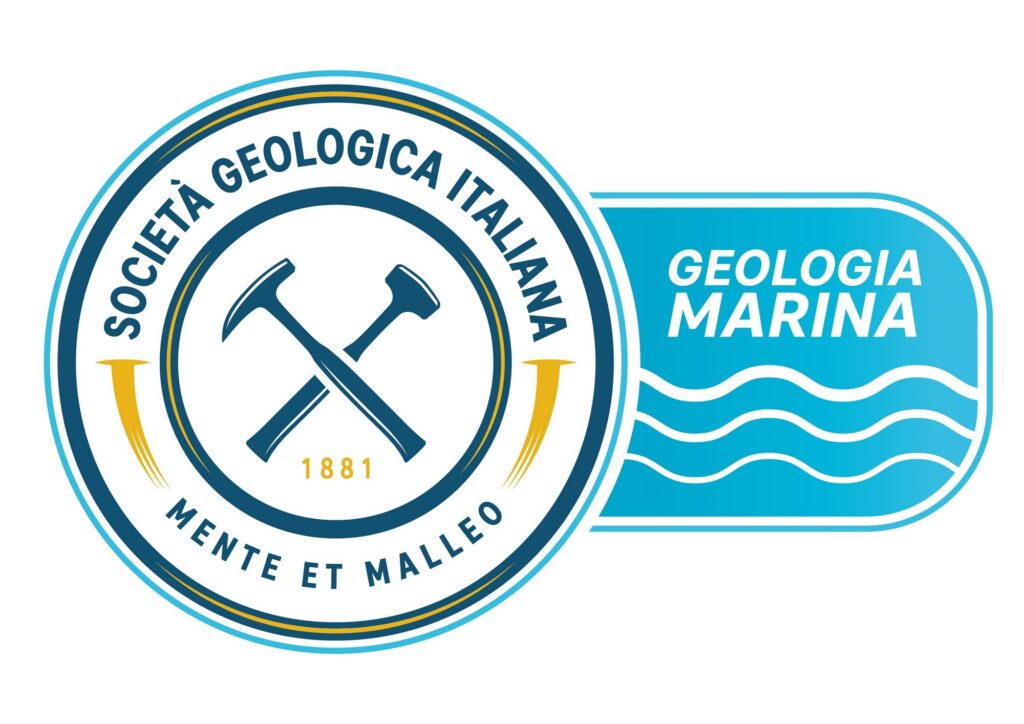As part of the activities of the Marine Geology Section of SGI, we would like to invite you to attend the commemoration of Professor Maria Bianca Cita, an academician of the Lincei, who recently passed away, which will be held by Dr. Angelo Camerlenghi telematically on September 18, 2024 at 3 p.m.
Following this, Agata Di Stefano, Maria Filomena Loreto, Alessio Sanfilippo and Nevio Zitellini (CNR-ISMAR) will give a seminar on the recent Joides Resolution mission in the Tyrrhenian Sea, entitled “An overview of the IODP Exp 402: Continent – ocean transition in the Tyrrhenian basin” by A. Di Stefano, M.F. Loreto, A. Sanfilippo, N. Zitellini and the IODP Expedition 402 Scientists.
The link to follow both events is available at url:
https://us06web.zoom.us/j/82631830509?pwd=c0iMcBDVbScKutTbU89FPA6gEj8wQb.1
Meeting ID: 826 3183 0509
Access code: 381417
After 60 days spent offshore along the Tyrrhenian Sea, the drilling ship JOIDES Resolution returns to Naples, from where it had departed, concluding the International Ocean Discovery Program (IODP) 402 – Ocean-Continent Transition oceanographic expedition in the Tyrrhenian Sea.
On board, a cargo of peridotites, valuable rocks that may provide previously unpublished information about the composition and behavior of the Earth’s mantle.
“These rocks, named after one of its main constituents, peridot, are very difficult to ‘collect’ because they are normally found 30-50 kilometers below the Earth’s surface,” explains Nevio Zitellini, of the Institute of Marine Sciences of the National Research Council (CNR-Ismar) and among the scientific coordinators of the IODP 402 campaign. ”Our planet is divided into concentric envelopes: the crust, the mantle and the core. Everything about the composition of the Earth’s inner part, including the mantle, is largely derived from indirect measurements, such as the propagation of seismic waves generated by earthquakes. That is, direct observation or, as geologists say ‘the evidence of the sample in hand’ is lacking. The Tyrrhenian Sea is an exceptional case because these rocks are practically outcropping on the sea floor, in its most central part.”
The expedition involved two transects in the Tyrrhenian. An east-west transect with the aim of analyzing the progression from the magmatic crust to the exhumed mantle; a north-south transect to map the fault zone that allowed the exhumation of the mantle and to assess the processes that acted at the hydrosphere-lithosphere interface and potential related ecosystems.
“Six boreholes were drilled to a depth of about 2800-3600 meters, and as many as two of them reached peridotites. We collected more than a hundred meters of them, and we also ‘fished’ for other material, including granitoid rocks, unexpected in the middle of the Tyrrhenian since they are usually found under our feet when we go skiing in Val D’Aosta,” continues Alberto Malinverno, of Columbia University’s Lamont-Doherty Earth Observatory (Ldeo) and another coordinator of the IODP 402 campaign.
“The peridotites we collected are extremely important. For example, they will allow us to better elucidate the mechanisms that lead to the separation of the continents, to the volcanism that affects the entire southern area of the Italian peninsula, to the processes of carbon capture by these rocks,” Zitellini adds.


